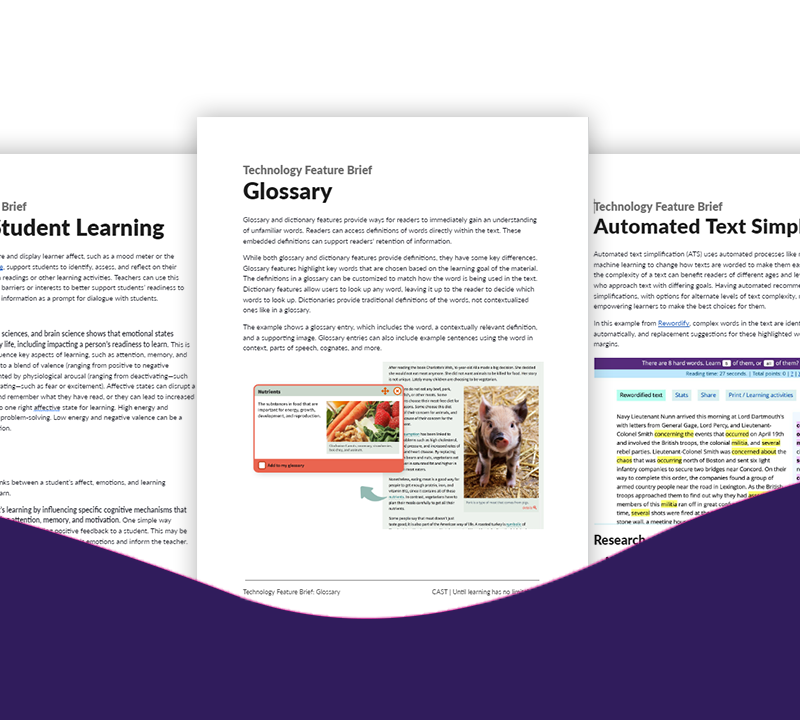Download all Technology Feature Briefs
The Center on Inclusive Software for Learning (CISL) at CAST conducted literature reviews and testing within Clusive, our adaptive and accessible web-based reader designed during the project, to develop Technology Feature Briefs. These briefs are designed for educators, developers, and researchers to find out more about particular features within technology tools, how they’re used, and whether they might be effective in addressing different barriers within a technology environment.
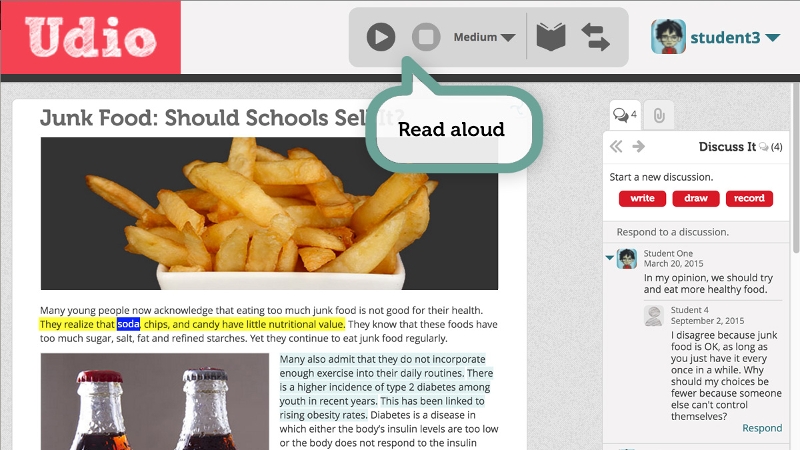
Read Aloud
The ability to have text read aloud is an important access point for many learners and a helpful support to others. The feature gives those with challenges seeing or decoding text access to rigorous academic content.
CISL at CAST
2023
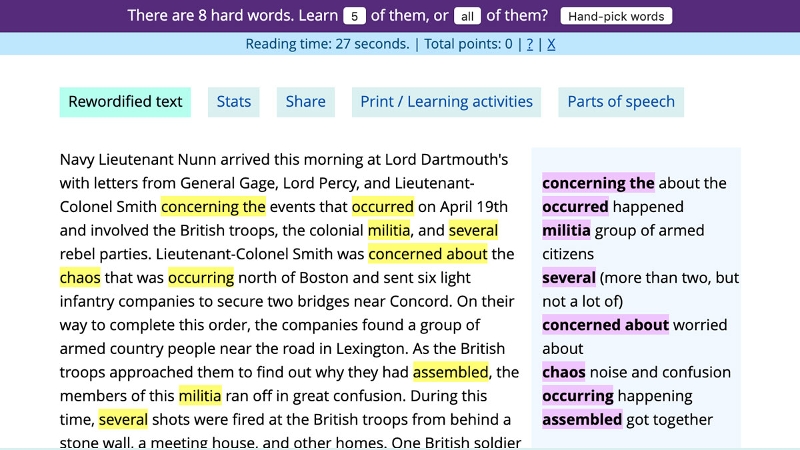
Automated Text Simplification
Automated text simplification uses automated processes like natural language processing, machine learning, or artificial intelligence (AI) to change how texts are worded to make them easier to understand.
CISL at CAST
2023
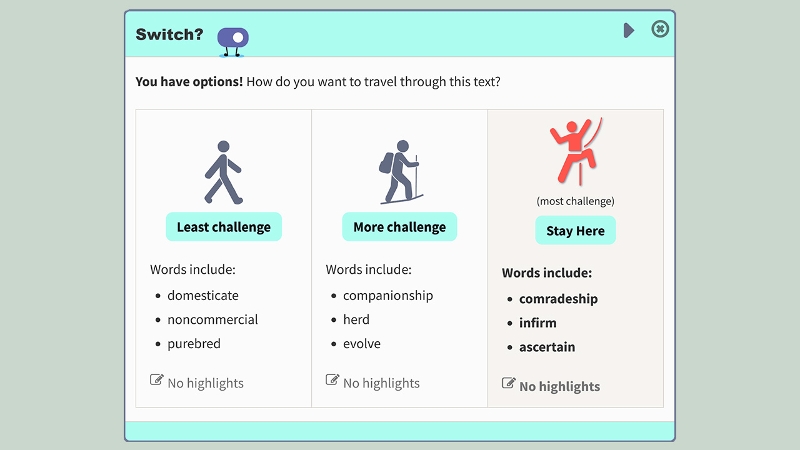
Manual Text Leveling
Text leveling is a process in which text is modified manually by a human to be simpler or more complex to fit a student’s reading skills. Text leveling is beneficial because educators can match reading materials to individual learners’ skill levels.
CISL at CAST
2023
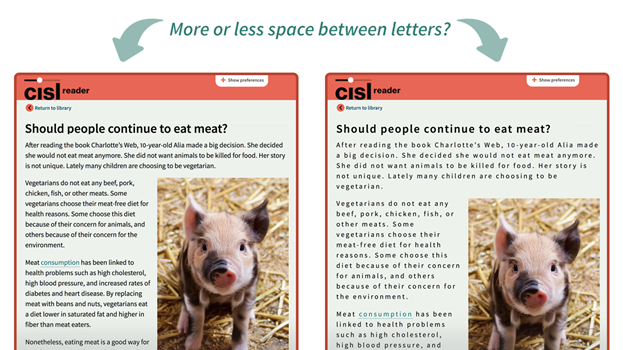
Adjustable Letter Spacing
The option to adjust the spacing between letters and words is an option that makes documents accessible for all. Do you prefer reading text with the letters spaced more closely together or further apart?
CISL at CAST
2023

Adjustable Line Spacing
Options to adjust line spacing can impact the accessibility of text and the level of engagement a reader has with the text. Readers value choosing to have the lines of text closer together or further apart.
CISL at CAST
2023
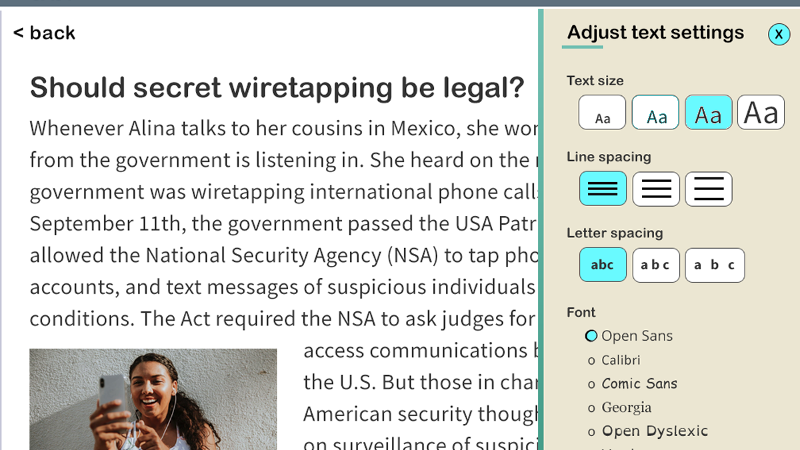
Adjustable Text Size
Making text sizes larger or smaller as needed can benefit readers of different ages and those with visual impairments. Having the ability to change the text size easily means that readers can easily use larger print when needed.
CISL at CAST
2023
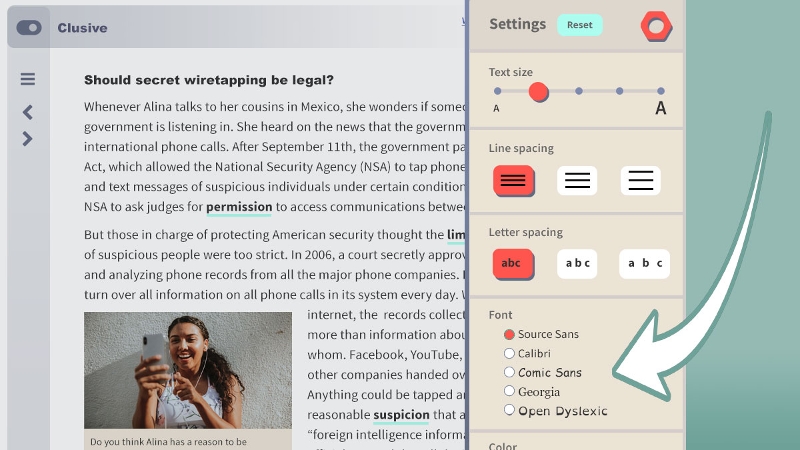
Font Choice
Though research has shown that most fonts designed specifically for dyslexia do not lead to increased reading speed and accuracy, readers may want to choose a font they prefer that is most comfortable for them.
CISL at CAST
2023
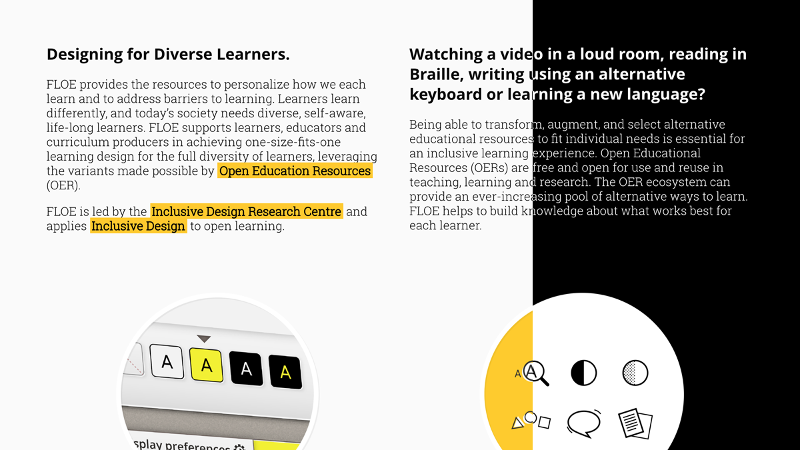
Color & Contrast
The option to choose screen colors and color contrast is an important access feature allowing users to select settings that best meet their preferences. Black text on a white background and yellow or white text on a black background are examples.
CISL at CAST
2023
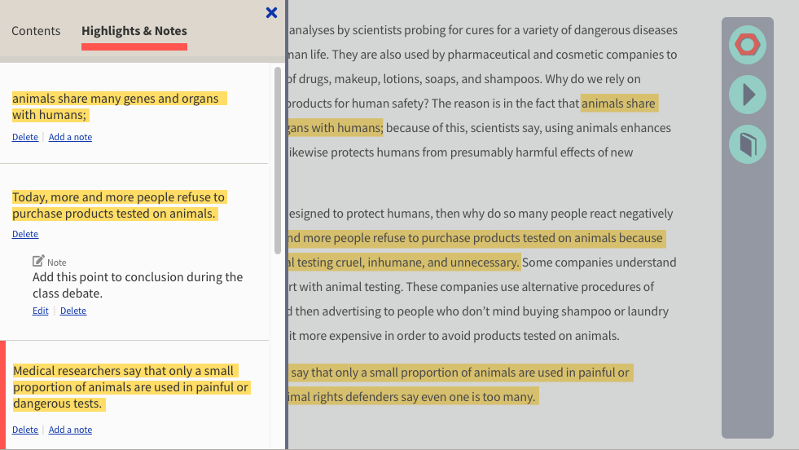
Annotation
Annotation can include multiple strategies but generally refers to highlighting interesting or important parts of a text and writing notes about the text as a person reads. Annotations typically include a person’s thoughts, reflections, and questions.
CISL at CAST
2023
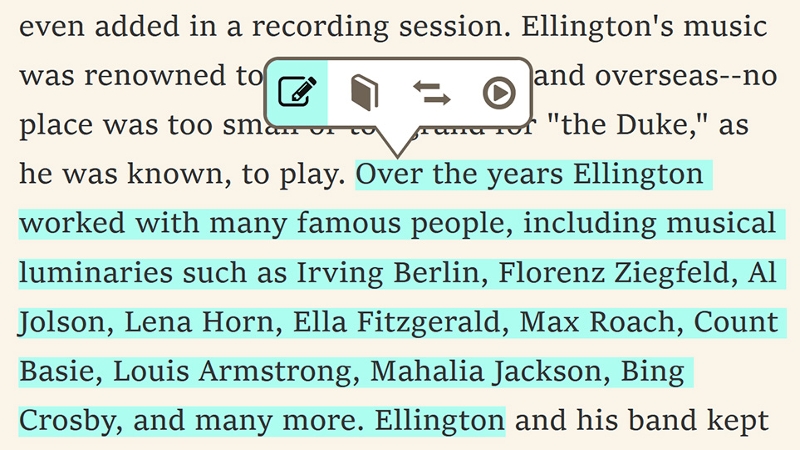
Highlighting
Research spanning multiple decades supports highlighting text as an effective way to improve memory and reading comprehension. New research suggests that students often have highlighting preferences that further aid their comprehension.
CISL at CAST
2023
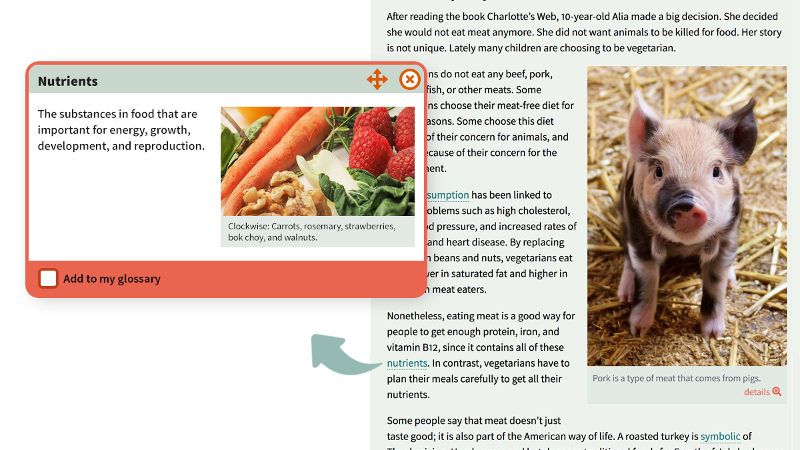
Glossary
Glossary and dictionary features provide ways for readers to gain an understanding of unfamiliar words immediately. Readers can access definitions of words directly within the text, eliminating the need for separate support texts.
CISL at CAST
2023
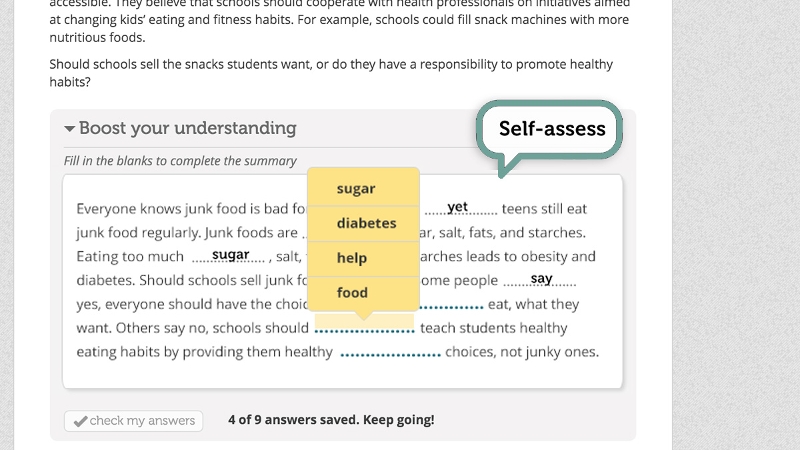
Comprehension Checks
Embedded comprehension checks can be formative assessments that help teachers and students discern student understanding, provide feedback, and make informed decisions about when to move ahead to new content or revisit challenges.
CISL at CAST
2023
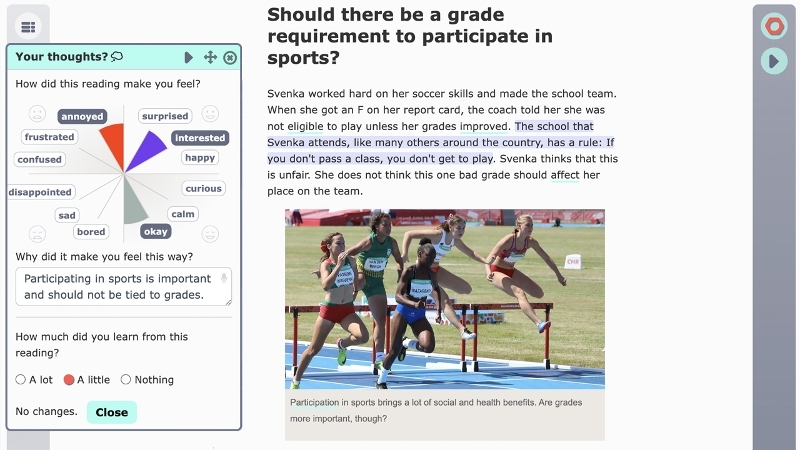
Affect & Student Learning
Applications and tools that capture and display learner affect, such as a mood meter, support students in identifying, assessing, and reflecting on their emotional state when engaging in readings or other learning activities.
CISL at CAST
2023
This content was developed under a grant from the US Department of Education, #H327A170002. However, the contents do not necessarily represent the policy of the US Department of Education, and you should not assume endorsement by the Federal Government. Project Officer, Celia Rosenquist.
